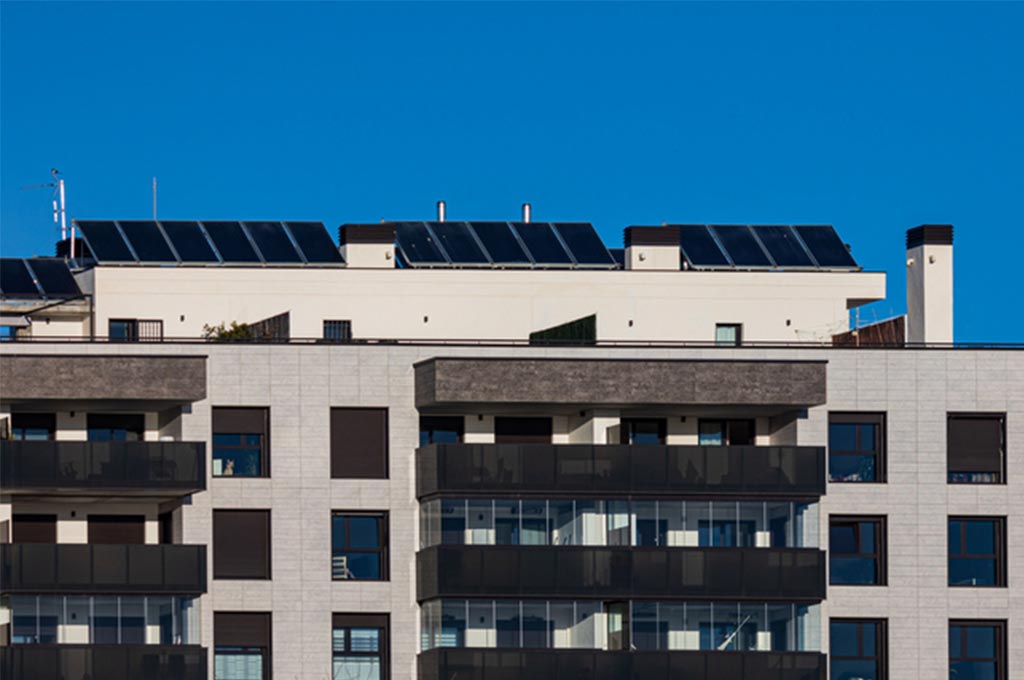
IESE Insight
More energy-efficient houses are worth more
Spanish study shows that each step toward energy efficiency raises home values by 1.3%
Improving the energy efficiency of residential properties raises their value, creating a green premium on more sustainable housing, a new study shows.
In Spain, residential properties are rated from A (maximum energy efficiency) to G (the lowest), depending on their consumption of nonrenewable energy and their CO2 emissions. A study (in Spanish) by IESE’s Carles Vergara and TINSA by Accumin showed that home values rose by an average 1.3% with each grade of improved efficiency.
While there were increases in every region across Spain, in northern areas with harsher winters values rose up to 4.8% per grade; in the more temperate south, increases hovered around 1.0%. The premium is inching up year by year, and is expected to continue to do so as sustainability regulations tighten, according to the report.
Although the average boost in value is relatively moderate, the impact of better energy efficiency may be substantial for a sector which, according to the United Nations, is responsible for around 40% of greenhouse gas emissions worldwide.
95% of Spanish houses rated inefficient in energy
Spain counts on approximately 26 million housing units nationwide, 95% of which were built before 2009. New construction over the last 15 years has lagged for a number of reasons, with the market absorbing excess stock generated during the real estate bubble of 2007, unoccupied land in cities in short supply, permit processes long and financing limited.
Overall, only 5.6% of residences have secured A, B or C certificates and all the rest — nearly 95% — are inefficient in energy terms.
Regulation is trying to change all that. The European Union required its members to begin certifying the energy efficiency of buildings when they were built, refurbished, sold or rented by 2006 at the latest. In Spain, certification began in earnest several years later, since buildings under construction in 2006 or which already had approved permits were exempt from the process.
While most homes built during the construction boom of 2000-2009 weren’t subject to the certification process, 95% of residential properties constructed in the last five years have secured A, B or C ratings.
A-grade properties, on average, were the highest priced (€2,064 per square meter) and the newest, built around 2008. In contrast, housing with G ratings for energy also had the lowest valuations (€1,214 per square meter) and were considerably older, built on average in the year 1978.
The study looked at 243,414 residential properties across Spain, between the years of 2012 and 2024.
ALSO OF INTEREST:

